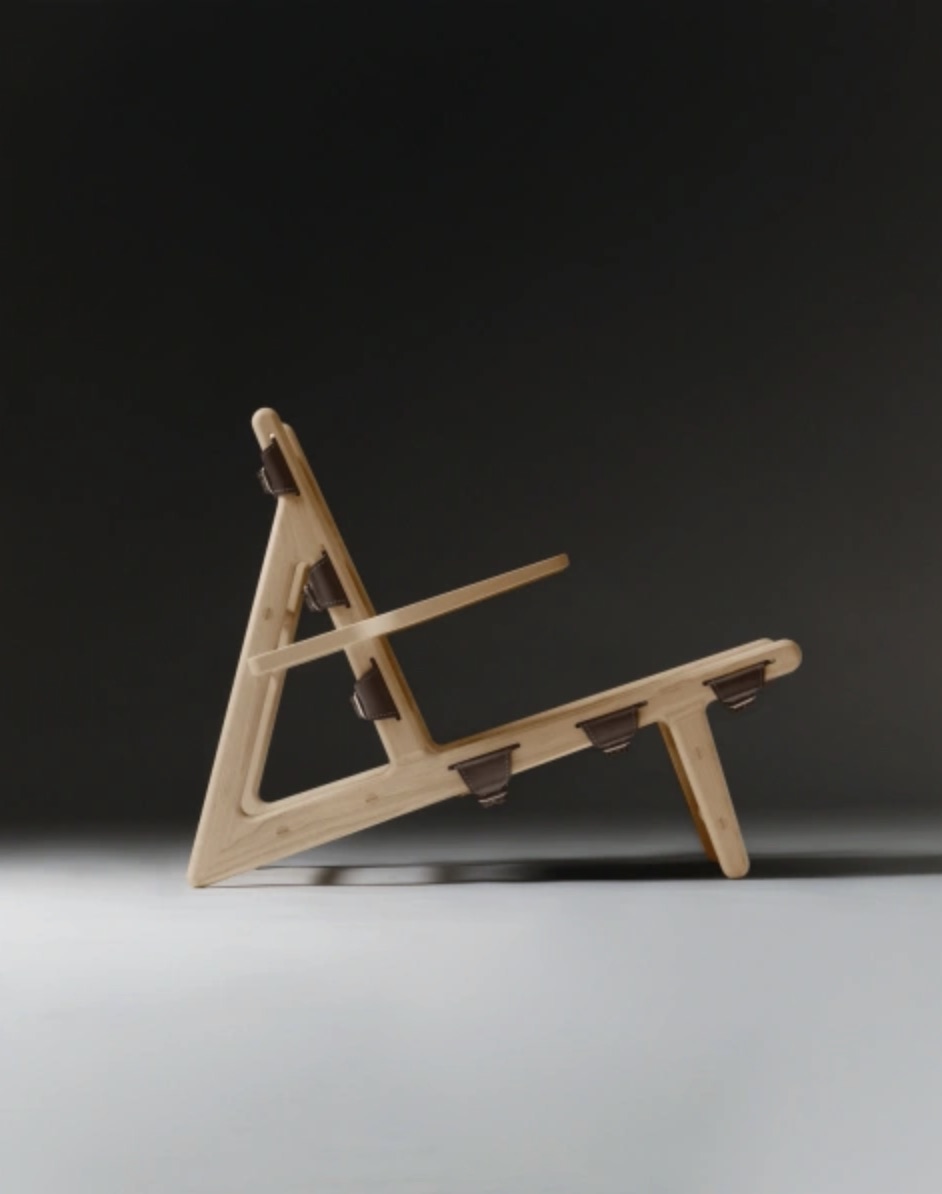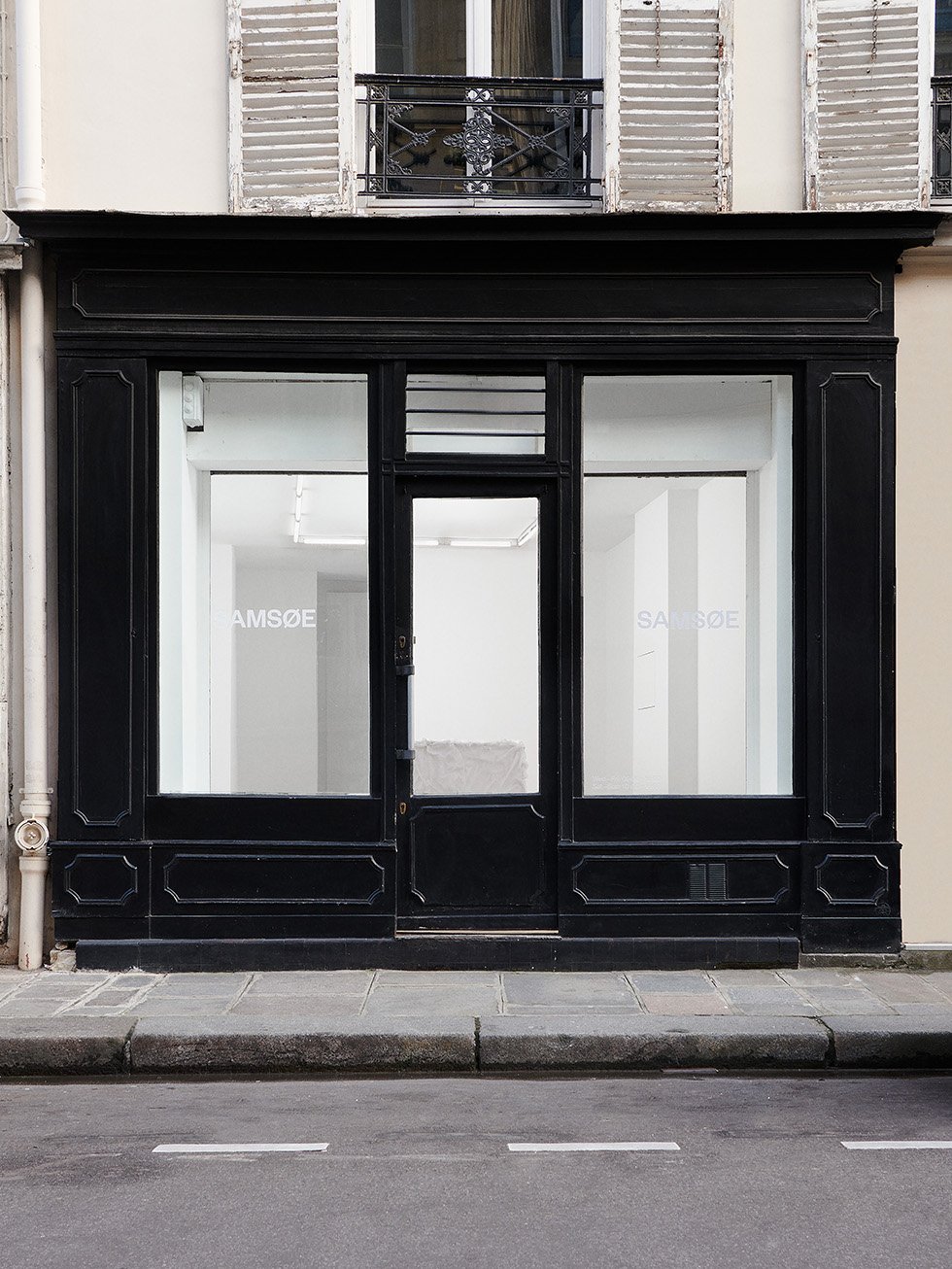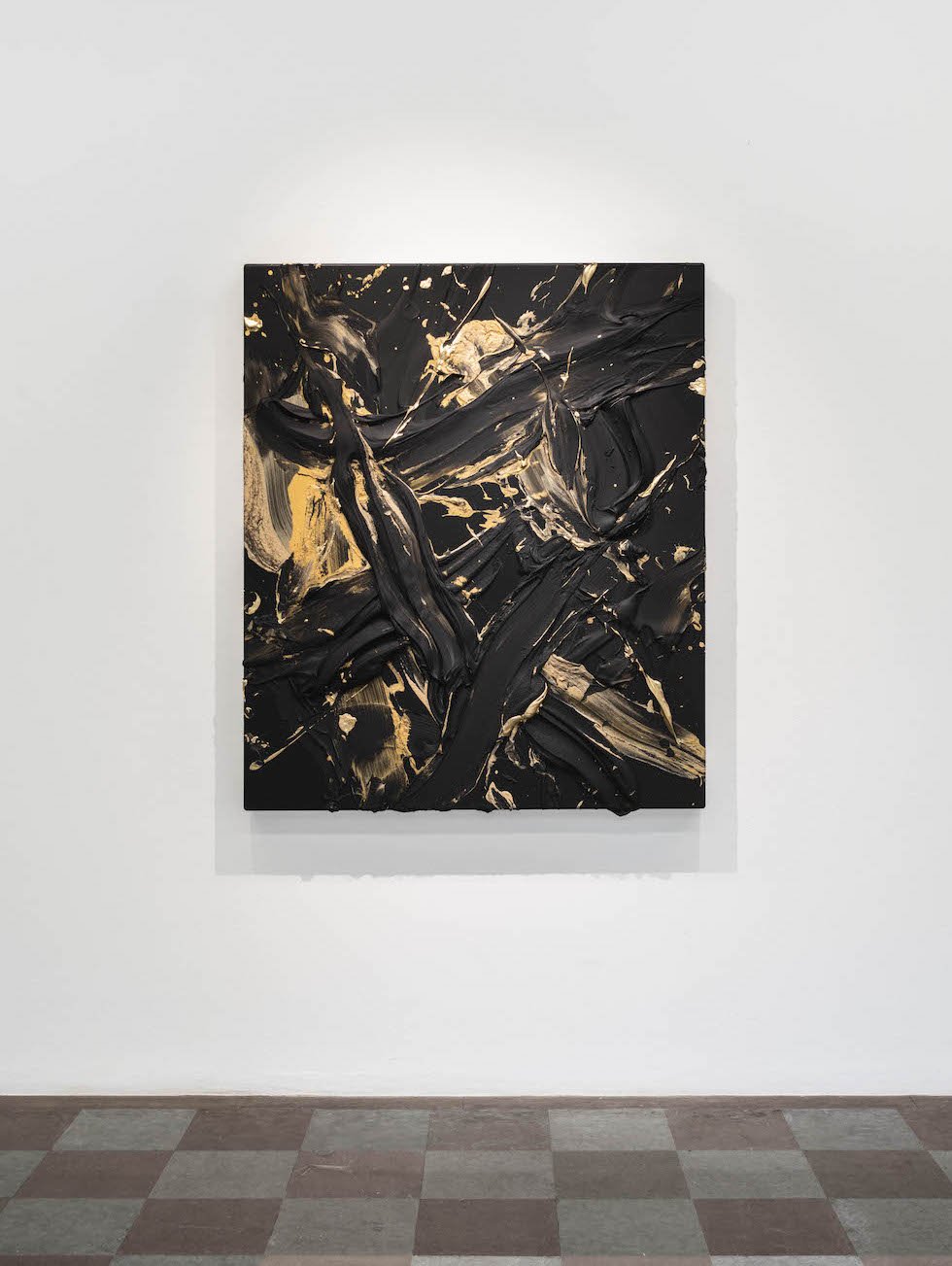
UNIQLO x JW Anderson

ARKET and Barbour Redefine Functional Elegance for Autumn Winter 2025

Mogensen’s Hunting Chair 75 years – A Danish Design Icon Reimagined

Isamaya French Brings Viral It-Girl Beauty to Zalando’s Insider’s Edit

& Other Stories Unveils a New Chapter Under Jonathan Saunders

Zalando AW25 Campaign with Uma Thurman and PinkPantheress

Exclusive Collaboration between Maria Nila & Liberty: Celebrating Liberty’s 150th Anniversary

IAMISIGO Wins the Zalando Visionary Award 2025 at Copenhagen Fashion Week

Experince of the 4th Edition Milan Unica

Levi’s x Oasis

A Clash of Cultures: HUGO x RB by Slawn Melds Tailoring with Artistic Rebellion

A decade of crime, psychology, and gripping twists, an interview with author Mikaela Bley

HUGO Introduces Next-Level Tailoring in Spring/Summer 2025 for a New Generation of Bold Style

Breitling x Cutler and Gross: Where Time Meets Vision

HUGO BLUE x Uniform Display: A New Chapter in Personal Style

Tiffany & Co. Unveils Tiffany Forge

A Day’s March x Lisa Larsson

AKIND’s New Collection Reimagines Special Occasion Jewelry for the Modern Era

The Beauty Essentials from April 2024

HUGO x RB Back with Third Capsule Collection Drop for Summer 2025

V&A Presents Major Exhibition Celebrating Naomi Campbell’s Iconic Career

Three Playful Watches from Hermès That Capture the Spirit of Movement

Hermès Lignes Sensibles Jewelry Collection

Murakami and Louis Vuitton Rewrite the Past

Release Party Odalisque x Blique Nobis

Zalando Visionary Award 2025: Finalists Announced

Paula Gerbase Appointed Creative Director at Georg Jensen

Sara Robertsson Jewellery Embraces Unique and Sustainable Pearls

Jeff Koons and Squarespace Launch New Art-Inspired Web Template

ARKET launches The Little Black Dress collection

LAYERED Launches Röllakan Collection: A Tribute to Scandinavian Women’s Craftsmanship

Acne Studios Unveils Fall/Winter 2024 Campaign Starring Willow Smith

ARKET Announces Exclusive Collaboration with Penny Martin

Jotex Launches Rug Collection Designed by Swedish Fashion Icons

Everything Opens to Touch: Sinéad O’Dwyer’s SS25 Collection – Zalando Visionary Award winner

CELINE Beauté Unveils First-Ever Cosmetics Line with “La Collection de l’Arc de Triomphe” Film

HUGO x Les Benjamins

Hermès Opens New Workshop in Gironde

Zalando Teams up With Miista to Launch an Exclusive Footwear Capsule Collection in Collaboration With Fernanda Liberti

OPENING TOMORROW Alex Katz: Seasons at MoMA

Michael Kors Debuts New Store Concept in Stockholm, Sweden

Picture This Gallery

A.P.C. OPENS ITS SECOND STORE IN STOCKHOLM

CHANEL LIMITED EDITION DROP N°5 L’EAU

Rosendal Garden Party

Louis Vuitton SS24 Fashion Show

Hugo Garage in Miami – Formula 1TM crypto.com Miami Grand Prix 2024

The Beauty Essentials from May 2024

Acne Studios Collaborates with Frédéric Malle to Launch Signature Perfume

Louis Vuitton Unveils LV Split Cate-Eye Frames from the SS24 Runway

Calvin Klein Concludes Its Spring Campaign 2024 with K-Pop Stars JENNIE and Jungkook

The Samsøe Samsøe ‘Space’ for Paris Fashion Week

Discover Stefania Esse’s New Artisan Collection

RÖHNISCH: Sport the Legacy. Win the Future.

Anna Teurnell Appointed as Filippa K

Lender Silhouettes with Bold Details in Vagamond Shoemakers’ New SS24 Collection

Gucci Westman x Linnea Lund

Filippa K Embarks on a Remarkable 30-Year Fashion Odyssey

Mark Rothko at Foundation Louis Vuitton

Emma Lewisham Partners with Molly Goddard for London Fashion Week

Marco Rambaldi SS24 ‘Malafemmina’

Vegabond Shoemakers Drops New Atelier Collection

How Fashion Brands are Capitalizing on the Normcore Hype – and What it Means for the Industry

RIMOWA x Tiffany & Co

A Tale of Timeless Elegance: BITE Studios Spring Summer 2024 Collection

Leia Sfez Presents The Oblist: A World of Unique Treasures

The Time Between Us by Jason Martin

Almost Naked Athletics

Calvin Klein Fall 2023 Campaign Includes All of Our Favorite Tracks

Weekday’s THE CLASS OF NOT GIVING A F*CK Campaign

‘Seven Rooms and a Garden’ Explores Rashid Johnson’s Conversational Works

E-Commerce Brand ‘Seezona’ Brings Together Emerging Brands and Unique Pieces

LANVIN Announces Future as Creative Director for First LANVIN LAB Collection

Bryggen Guldsmeden Hotel

Porsche SCOPES: May 26 – 28th

Levi’s Moves Forward with Plant-Based Dyes and Pigments, Organic & Transitional Cotton in the 2023 Spring/Summer WellThread® Capsule.

